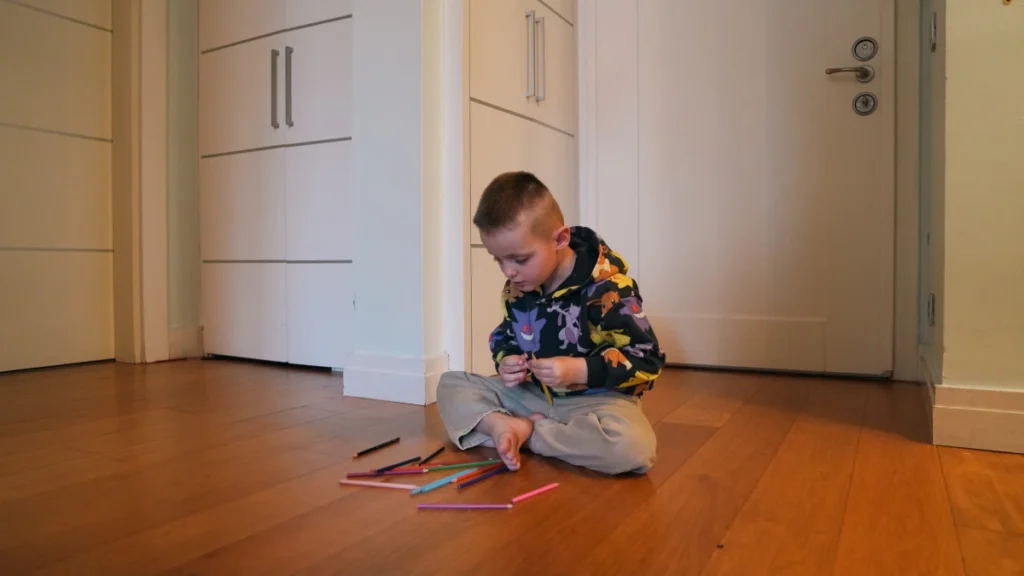Healing Doesn’t End After the Procedure
Stem Cell Therapy for Autism has opened new doors for families seeking hope beyond traditional interventions. Backed by clinical trials, family-reported success stories, and increasing scientific attention, this innovative treatment is helping children make meaningful gains in communication, cognition, and behavior.
But what many families don’t realize is this: the post-therapy period is just as critical as the treatment itself. Supporting your child’s body and brain after stem cell infusion can significantly impact how well the therapy works over time.
Whether you’re seeking insight into the Stem Cell Therapy Autism Success Rate or already exploring Best Stem Cell Clinics for Autism, understanding the aftermath is essential for long-term success.
1. Prioritize Rest and Recovery in the First Weeks
After undergoing stem cell therapy, the body needs time to adapt. While stem cells are biologically active and begin working quickly, most of the observable benefits take time.
📌 Post-Treatment Tip:
- Ensure quality sleep and a low-stress environment
- Avoid overstimulation for at least 1–2 weeks
- Observe your child’s baseline without pushing activities too soon
Many Stem Cell Therapy Success Stories Autism emphasize that children showed the most progress several weeks or even months after treatment.
2. Maintain a Clean, Anti-Inflammatory Diet
Stem cells thrive in a body that is not inflamed. A clean diet supports cellular regeneration and reduces potential triggers that may affect neurodevelopment.
🌿 Recommended Foods:
- Omega-3 rich fish like salmon or sardines
- Leafy greens and antioxidant-rich vegetables
- Gluten-free, casein-free alternatives if advised by your physician
🚫 Limit:
- Processed sugars
- Artificial dyes and preservatives
- Foods known to cause GI inflammation
This is consistent with feedback seen in Stem Cell Therapy for Autism Reviews, where families paired diet changes with therapy and saw better regulation, especially in children with gut-brain imbalance.
3. Continue with Behavioral and Occupational Therapies
Stem cell therapy does not replace traditional therapies—it amplifies their impact. Continuing therapy is vital to help your child learn and integrate new skills as their brain adapts to cellular changes.
💡 Clinical Insight:
According to Stem Cell Therapy Autism Research, many patients demonstrate improved receptivity to behavioral therapy post-treatment due to reduced inflammation and enhanced neuroplasticity.
Continue or begin:
- ABA or play therapy
- Occupational therapy with sensory integration
- Speech and communication support
By aligning external stimulation with internal healing, you build a stronger foundation for long-term development.
4. Track Subtle Changes Without Overanalyzing
One of the most common pieces of advice given by experts at the Best Stem Cell Clinics for Autism is this: trust the timeline. Results vary significantly based on:
- Your child’s age and baseline
- The root cause of their symptoms (e.g. neuroinflammation vs. genetic variation)
- The type of stem cells used and method of administration
🔍 Use a simple journal to track:
- Language or communication improvements
- Emotional regulation patterns
- Changes in sleep, appetite, or sensory behaviors
Many families participating in Stem Cell Therapy Autism Clinical Trials reported improvements at the 6–12 week mark, though some noticed small changes earlier.

5. Stay in Touch With the Clinic for Follow-Up
The healing journey isn’t one-size-fits-all. Reputable clinics will offer follow-ups to assess progress, answer questions, and guide you if results are slower or different than expected.
✅ Ask your clinic:
- What should I watch for post-therapy?
- Are booster sessions recommended?
- What’s your experience with cases like mine?
Establishing this ongoing connection not only boosts your confidence but keeps the process safe and transparent—an essential part of evaluating How Effective is Stem Cell Therapy for Autism.
6. Protect the Immune System
A strong immune system ensures that stem cells can work effectively and reduces the risk of regression due to illness or inflammation.
Support immune health by:
- Using probiotics or gut-supporting supplements (if approved)
- Maintaining hygiene but avoiding over-sterilization
- Encouraging outdoor activity and sunlight exposure
Some clinics report that immune-related Stem Cell Therapy Autism Side Effects like mild fever or fatigue resolve quickly when the immune system is supported holistically.
7. Build a Long-Term Development Plan
Stem cell therapy may help unlock your child’s potential—but building on those gains is up to you. Consider a yearly roadmap for:
- Academic goals
- Social inclusion and communication
- Emotional and sensory milestones
- Exploring follow-up therapies or future booster treatments
📈 Parents often search “Stem Cell Therapy Autism Near Me” after seeing significant gains and wanting a second round. It’s okay to plan long-term while celebrating short-term wins.
Conclusion: Your Role Is Key to Long-Term Success
Stem cell therapy is a powerful tool—but it’s not magic. The results depend not only on the quality of the procedure but on how you support your child afterward.
By combining structure, support, and care, you create the best possible environment for growth. Stay connected with your healthcare team, trust the process, and remember—every small improvement matters.
👉 Want to learn more about the cost, safety, and success rates of stem cell therapy for autism? Explore detailed guides and expert opinions from families like yours.
Q&A: Frequently Asked Questions
How long does it take to see results after stem cell therapy for autism?
Results vary, but most parents report changes between 4–12 weeks. Some improvements may take months to emerge.
Can diet affect the results of stem cell therapy?
Yes. An anti-inflammatory diet can help maintain the cellular environment needed for stem cell activity.
Should I stop other therapies after stem cell treatment?
No. Continuing ABA, occupational therapy, and other supports often enhances the impact of stem cell therapy.
Is a booster stem cell treatment ever needed?
In some cases, especially with younger children or milder symptoms, a single treatment is enough. Others may benefit from a second infusion. Always consult your clinic.

